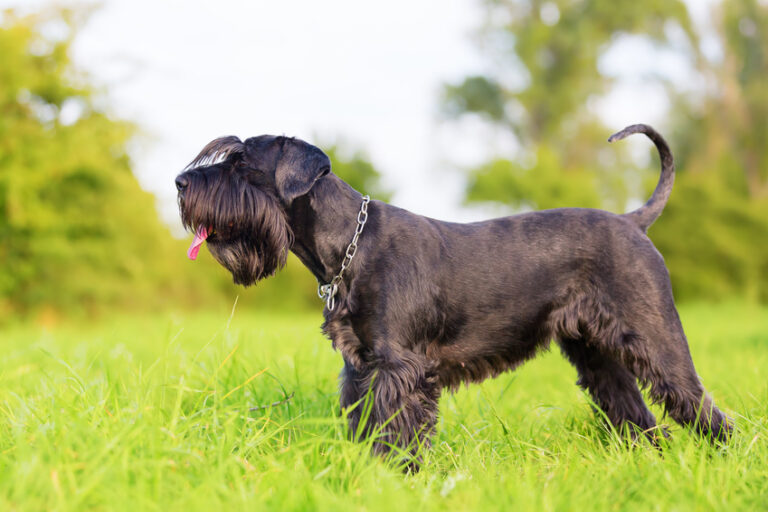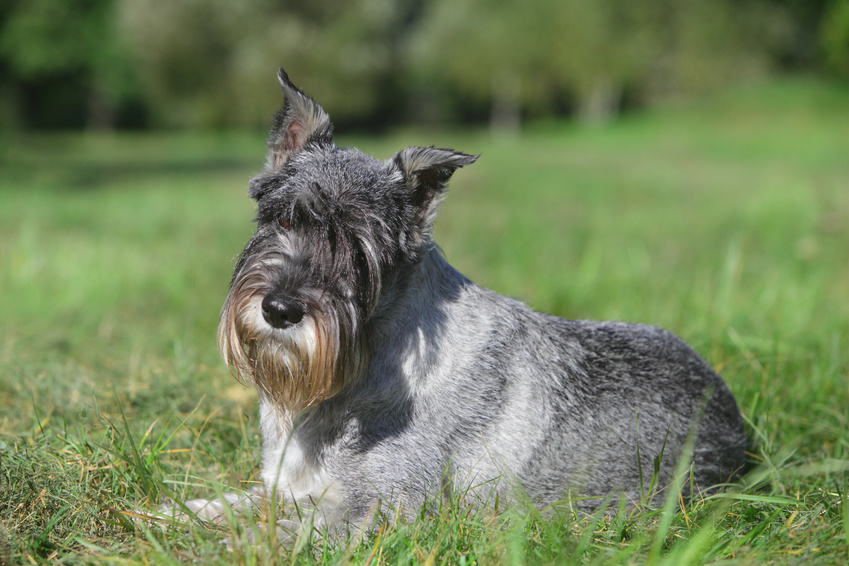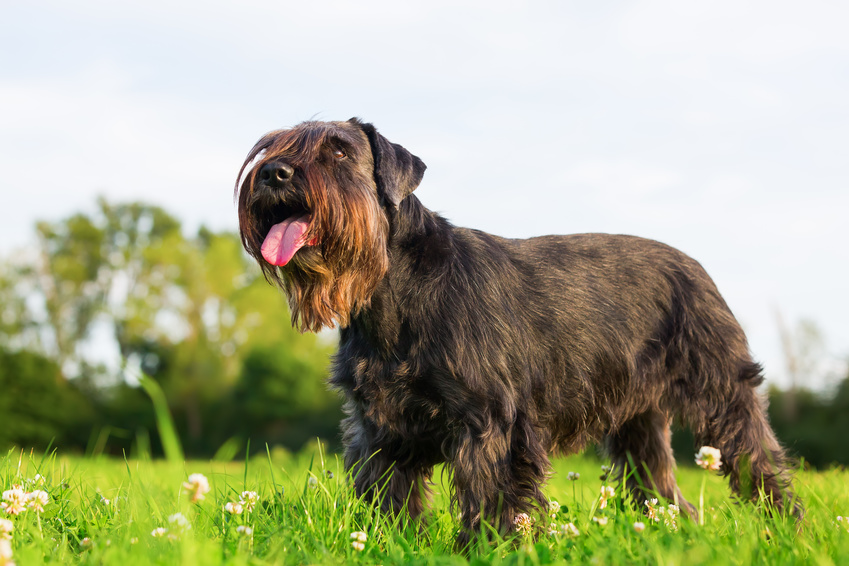Originating from southern Germany, the Schnauzer was initially the wire-haired variant of the Pinscher and has existed for at least 500 years. As a so-called “rattler”, it kept vermin, like rats and mice, away from its owner’s barns and stables. Besides chasing away rodents, the robust and brave dog also scared off thieves approaching the homestead. In the 19th century, these highly reliable and versatile “stable Pinschers” were found in nearly every village in southern Germany. Its great endurance, vigilance and close affinity with horses, in whose proximity the Pinscher always felt comfortable, earned it another role: guarding travellers. They accompanied carriages on long journeys through fields and forests, protecting them from robberies.
From Stable Pinscher to Breed Dog
The transition from a stable Pinscher to a recognised breed dog is mainly credited to breeder Max Hartenstein from Württemberg, who began breeding Schnauzers in 1882. In 1895, the first breed club was established in Nordhausen, managing all variants of the Pinscher breed, classified as “smooth-haired” (today’s German Pinscher) or “wire-haired Pinschers” (today’s Schnauzer). In 1907, the Bavarian Schnauzer Club in Munich distinguished the two breeds, giving the wire-haired dogs the well-known breed name “Schnauzer”. To differentiate from the Giant and Miniature Schnauzers, it was also termed “Standard Schnauzer”.
Despite being recognized as separate breeds, Schnauzers and Pinschers are still jointly housed by the German “Pinscher-Schnauzer Club 1895 e.V.” which oversees the FCI standard.
The Standard Schnauzer is classified under FCI standard number 182 and belongs to Group 2, Section 1 “Pinschers and Schnauzers”. Initially, the Standard Schnauzer was the most popular variant, but in the 1930s, it was overtaken in popularity by the Giant Schnauzer. After World War II, the Miniature Schnauzer gained a large following.



